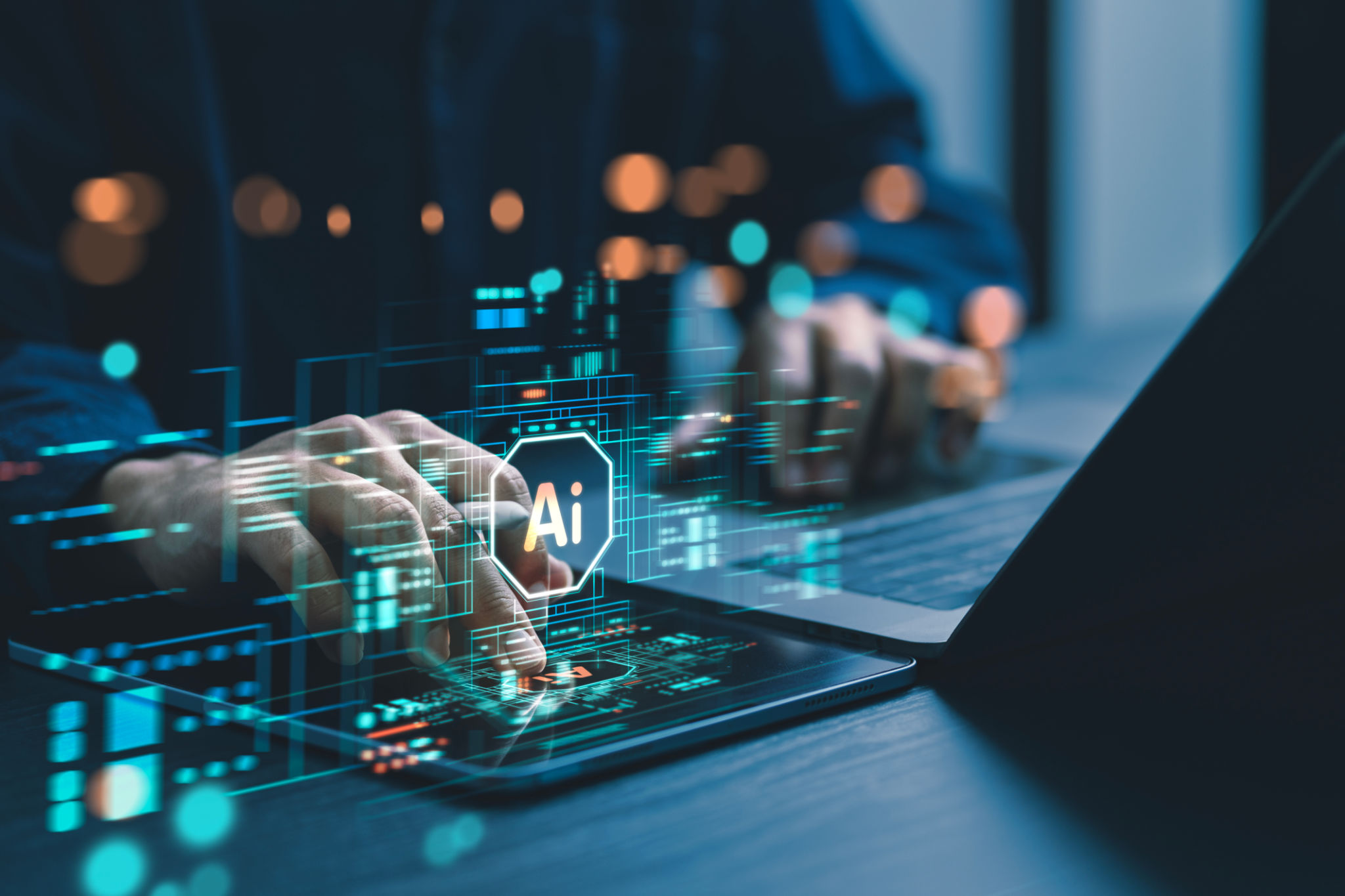Comprehensive Guide to AI-Driven Cyber Defense for Executives
Understanding AI-Driven Cyber Defense
In today’s digital landscape, the threat of cyber attacks looms large over businesses of all sizes. As an executive, safeguarding your company’s data and infrastructure is paramount. Enter AI-driven cyber defense, a cutting-edge solution that leverages artificial intelligence to enhance your cybersecurity measures. This guide aims to demystify AI-driven cyber defense to help you make informed decisions for your organization.

The Role of AI in Cybersecurity
Artificial intelligence has revolutionized many industries, and cybersecurity is no exception. By utilizing AI, organizations can automate threat detection, improve response times, and reduce human error. AI systems analyze vast amounts of data to identify patterns and anomalies that could indicate a cyber threat. This proactive approach allows businesses to stay one step ahead of cybercriminals.
AI-driven tools are capable of predicting potential threats by learning from historical data and adapting to new attack vectors. This continuous learning process ensures that your defenses evolve with the ever-changing landscape of cyber threats. By integrating AI into your cybersecurity strategy, you enhance your organization’s ability to defend against sophisticated attacks.
Key Benefits of AI-Driven Cyber Defense
Implementing an AI-driven cyber defense system offers numerous benefits:
- Real-time Threat Detection: AI can swiftly identify and mitigate threats as they arise, minimizing potential damage.
- Enhanced Accuracy: AI reduces the risk of false positives by accurately distinguishing between legitimate activities and malicious behavior.
- Scalability: AI solutions can easily scale with your business, accommodating growing data and increasing threats.

Challenges and Considerations
While AI-driven cyber defense presents many advantages, there are challenges to consider. One major concern is the dependency on quality data. AI systems require vast amounts of accurate data to function effectively. Incomplete or biased data can lead to incorrect threat assessments. Additionally, the implementation of AI systems can be resource-intensive and may require significant investment in both technology and skilled personnel.
Another consideration is the ethical use of AI in cybersecurity. Ensuring that AI systems are transparent and adhere to privacy standards is crucial to maintaining trust with stakeholders and customers. As an executive, it’s vital to weigh these challenges against the benefits to determine the best course of action for your organization.
Steps to Implementing AI-Driven Cyber Defense
For executives considering AI-driven cybersecurity, here are key steps to implementation:
- Assess Current Security Posture: Evaluate your existing cybersecurity measures to identify areas where AI can add value.
- Select the Right Tools: Choose AI solutions that align with your business needs and integrate seamlessly with existing systems.
- Invest in Training: Equip your team with the necessary skills to manage and maintain AI-driven tools effectively.

The Future of Cyber Defense
The role of AI in cyber defense is set to grow as technology advances. Future developments such as quantum computing and machine learning will further enhance the capabilities of AI-driven security solutions. As an executive, staying informed about these trends will help you navigate the evolving cybersecurity landscape and ensure that your organization remains protected against emerging threats.
In conclusion, AI-driven cyber defense offers powerful tools to safeguard your business in an increasingly dangerous digital world. By understanding its benefits, challenges, and implementation strategies, you can leverage AI to build a resilient defense system that keeps your organization secure.
